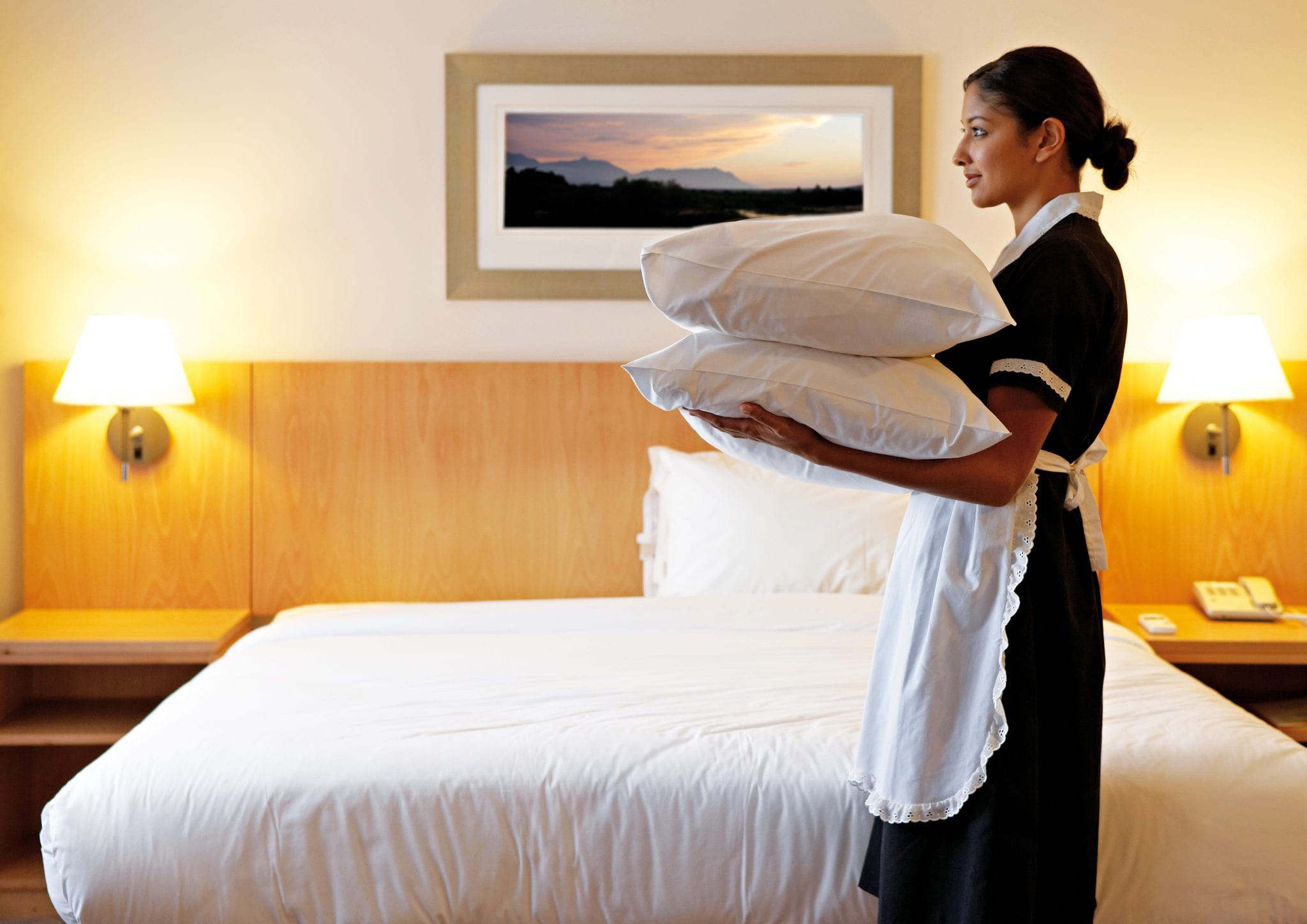For most of us, laundry is a chore…just another in the series of tasks on our to-do lists. Isn’t that why some households have rules for who can do laundry…some have a knack and others…well, they have a knack for making an entire load pink. Then, there are on-premises laundry (OPL) managers, for whom, laundry is a profession. Quality results at hotels, long-term care facilities and other locations are vital. Those fluffy towels and robes at hotels and spas are that way because of a manager’s attention to detail. Attention to detail is even more important during the current situation. So, what can we learn from their processes?
Sorting matters. In the OPL, staff are sorting by like type of linen and by soil type. The same should hold true at home. That muddy or grass-stained shirt requires a heavy soil cycle. The everyday items that just need a refresh do not require that treatment and are best served by a normal eco cycle. Sort by soil level and like items.
Heat matters. OPL laundries serving nursing homes and clinics rely on heat to kill bacteria. If the current COVID-19 crisis has you concerned, lean on hot water to gain some peace of mind. Speed Queen definitely has an advantage here by offering true hot water cycles, as opposed to other brands with “hot” cycles that have mixed hot and cold water.
No overdosing. If a little is good, more must be better…nope, not in the laundry. OPL managers know that overdosing reduces the lifespan of linens and is a giant blow to quality. Ever used a towel that felt a bit crusty? Yup, overdosed. Laundry chemical was left in the linen and not fully rinsed. When it hit the dryer, that chemical was baked in. Use prescribed doses of laundry detergent. Failure to this or not get a decent rinse is going to lead to shirts and towels that feel rough against your skin. Those with sensitive skin should be acutely aware of not overdosing as well as fully rinsing loads. The Speed Queen TR7’s warm water rinse is perfect for removing residual chemistry.
Keep baskets clean. OPL laundries will color code their laundry carts – leaving specific carts for clean linens and ones for soiled. Doing this helps prevent cross-contamination. Consider a similar plan in your laundry, as well as a sanitizing process with Clorox wipes or a similar product.
Sanitize cycle. Laundries at fire stations or healthcare facilities may run sanitize cycles between loads as an extra layer of protection. You can practice this same process at home or wipe down the washtub between cycles.
Don’t over dry. Similar to overdosing with chemicals, over-drying linens shortens their lifespan. You know that handful of stuff you clean out of your lint filter? Ya, that’s coming from somewhere – the items you just dried. In the OPL world, drying to a set moisture level helps ensure top quality and long linen life (while also not wasting utilities). In addition, the cool down cycle is equally important to ensure the linen fibers aren’t “shocked.” The heat during drying opens up the fibers, and cooling brings them back together. When you remove something from the dryer running at high heat, the fibers snap back – think rubber band. OPLs also will almost never dry to “bone dry.” A little moisture is OK for items such as sheets for “resting” on the shelf.
We aren’t all laundry professionals, but by looking to those who are, we can glean some great tips to help us get the best results in our home laundries.


